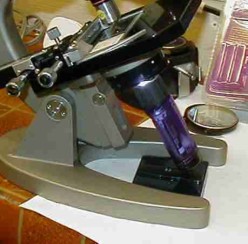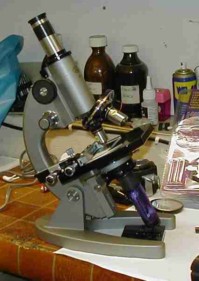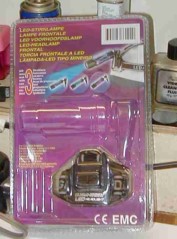 |
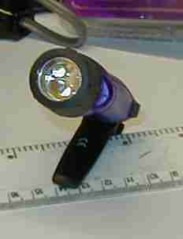 |
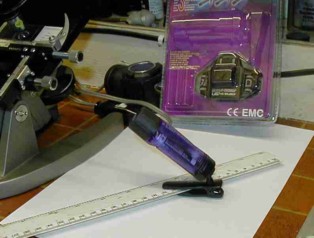 |
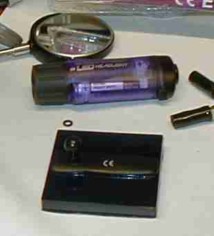 |
| The packing the unit come in, so you can recognise them. | An idea of the size of the units | As a single high intensity led torch can cost up to £12.00p, I was amazed that these were on sale at only £4.95p Each !!! | I had a piece of steel about 2x2x¼ inches. (From a plastic clock base) which I filed neat and painted. |

